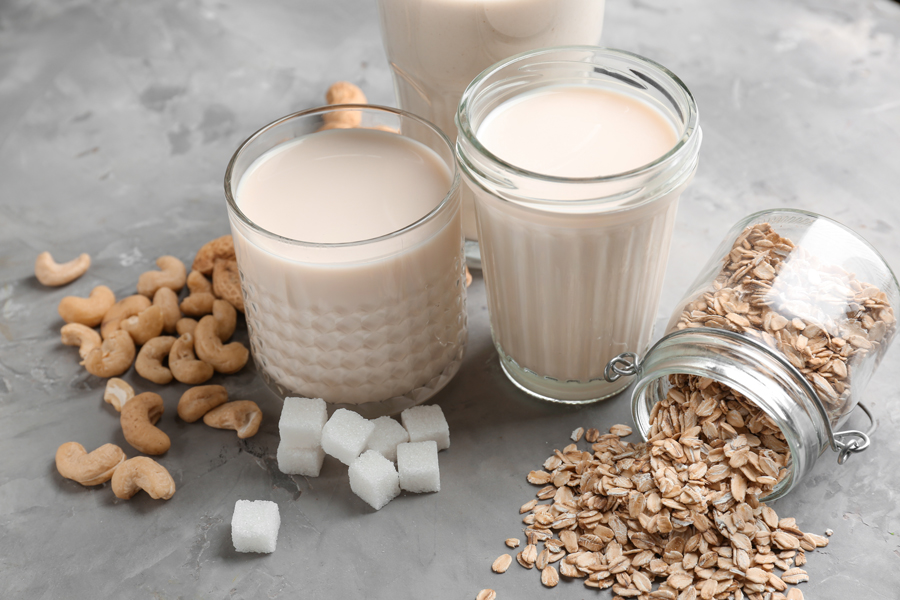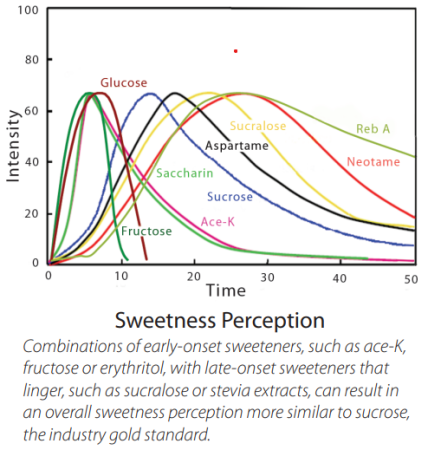
Sugar reduction in beverages: A fluid approach
By Melissa Riddell
Processing Beverages Ingredients & Additives Batory Foods beverage processing Editor pick sweeteners
A glance at the global beverage market shows that, even with the ongoing pandemic still causing some degree of uncertainty, the functional beverage market is projected to register a CAGR of an impressive 6.96 per cent now through 2026, according to the Mordor Intelligence Functional Beverage Market Industry Report. Increasing demand for innovative products, such as plant-based and lactose-free beverages, as well as a surge in CBD-infused functional beverages, are expected to be among the opportunities fuelling this uptick.
Consumer health needs also will play a role. Per the report: “Furthermore, due to increasing global prevalence of diabetes consumers are becoming more aware of the importance of a healthy diet and active lifestyle, promoting the preferences for natural sweeteners, such as stevia-based beverages. According to the International Diabetes Federation, India was home to 77 million diabetes patients in 2019, the second largest in the world. By 2030, the number is predicted to reach 101 million. Thus, companies like PepsiCo Inc. and Coca-Cola are committed to remove artificial ingredients and reduce the sugar content in their products.”
Diabetes-related or otherwise, the natural sweeteners market is primarily driven by an increase in consumer demand for healthier food and beverage choices. Here, the sugar substitutes market is dominated by the beverage segment. Beverages are not only the most commonly consumed products worldwide, but also the most likely to be formulated with added sugars to improve flavour, provide mouthfeel and support shelf life.
For beverage manufacturers especially, then, the gauntlet has been laid down to reduce sugar without reducing customer satisfaction. This can be a daunting prospect.

*Adapted from Birch (1996); Tate & Lyle (2010)
More than just sweetness
In beverage, sweeteners contribute far more than mere… well, sweetness. When we start reducing sugars in formulations, then, there are both primary and secondary issues to consider, including the relative sweetness of each ingredient, sweetness intensity and perception, possible synergies (or lack thereof), finished product flavour, total solids content, particle size, and shelf life. With the beverage category encompassing everything from alcoholic beverages to still waters to ready-to-drink concoctions, each of the functional properties listed is essential to identifying the ideal solution for meeting sugar reduction targets and desired label claims.
Using a sweetness perception curve, the temporal profile of a sweetener shows the onset and linger potential of that sweetener. Based on this data, combining multiple sweeteners allows a formulator to control negative attributes by balancing onset with linger. This is demonstrated, for example, in the common use of erythritol combined with stevia extract. Since erythritol has a rapid onset of sweetness, it counterbalances the long linger associated with stevia extracts while still maintaining a clean label. In beverage applications, erythritol is not only providing sweetness, but also contributing to positive mouthfeel typically sacrificed as sugar is removed.
Taking advantage of sweetener synergies is another way to reduce total sugars in beverages. Some sweeteners, when combined, exhibit greater than expected sweetness – a situation where the whole is greater than the sum of its parts. In fact, this effect is exponential: the sweetness synergy becomes more pronounced as the level of sweeteners increases. These synergies cannot be predicted from the properties of the two sweeteners alone, so it must be determined experimentally – a factor that provides advantages to those companies willing to significantly invest in R&D.
However, sometimes the use of single, standalone high-intensity ingredients, such as steviol glycosides, in beverages can be advantageous toward improving overall flavour quality. These glycosylated stevia extracts are generally utilized at low levels to reduce bitterness while enhancing sweetness.
Soluble fibers, soluble dextrins and sugar alcohols are also versatile ingredients in a formulator’s toolbox for reducing sugars in beverage applications. These ingredients impact mouthfeel by imparting body and, in some cases, minor viscosity for a pleasant mouthcoating effect. Sugar alcohols will add sweetness at differing intensities, a variance that reinforces the importance of understanding the relative sweetness of each ingredient. A high-intensity sweetener may also need to be included if trying to achieve a higher sweetness equivalent value.
Mixing it up
If looking for ease of formulation, a blended solution is another appealing option in beverage formulation development. Some sweetener replacement blends contain exacting combinations of erythritol, allulose, (soluble fibre), steviol glycosides and stevia leaf extract. The blends are designed to mimic the functional properties of sucrose with simple one-to-one (by weight) sweetener replacement options across an array of application platforms.
Such a blended approach can be valuable when dealing with products with relatively high amounts of dissolved solids – so-called higher brix beverages like energy drinks and kombuchas. This is because they tend to have a sugar equivalent value (SEV) of 10 or higher, making it difficult to achieve higher SEV with most high-intensity sweeteners alone. Here, blends can deliver a sweet, clean, reduced-sugar beverage for SEVs as high as 20, and without the need for additional bulking agents typically added for mouthfeel.
Lower brix beverages like hard seltzers and sparkling waters, which tend to have sugar equivalent values of seven or lower, are somewhat easier to formulate with single high-intensity sweeteners. However, certain blends can help achieve not only the desired sweetness, but also secondary concerns such as mouthfeel.
Reducing sugar content as well as a product’s calories can be a tricky path to a clearly consumer-preferred destination: improved overall health and slimmer waistlines. Only by understanding the real-world effects of lab-concocted sweetener substitutes can beverage manufacturers reduce sugar without reducing overall consumer satisfaction.
By customizing sugar reduction solutions to the particular product formulation – a process that often takes some degree of trial and error – beverage producers can meet and exceed the demands of increasingly health-conscious consumers. The winners will be those beverages that most convincingly reduce sugars while providing a low-calorie, clean label product experience.
Melissa Riddell is head of innovation & technical services at Batory Foods, a sales and supply chain management solutions provider of commodity and specialty food ingredients. Batory Foods offers a full portfolio of high-quality food ingredients to food, beverage and nutraceutical manufacturers throughout North America.
Print this page